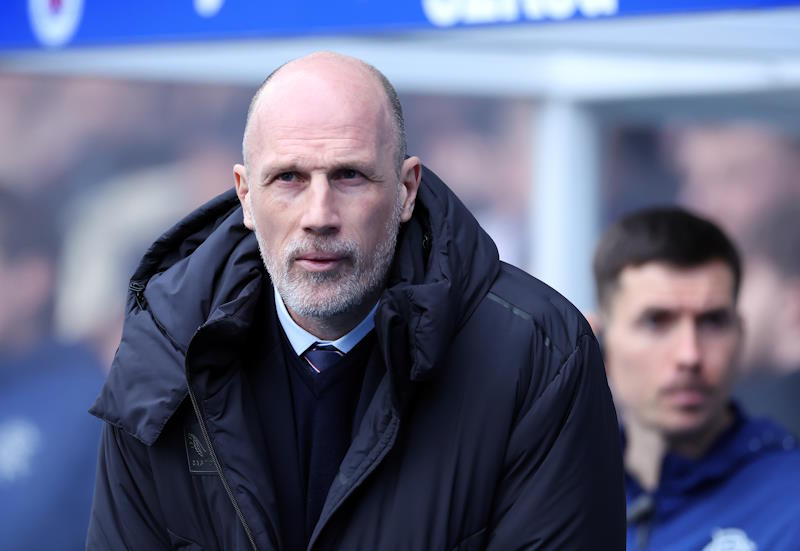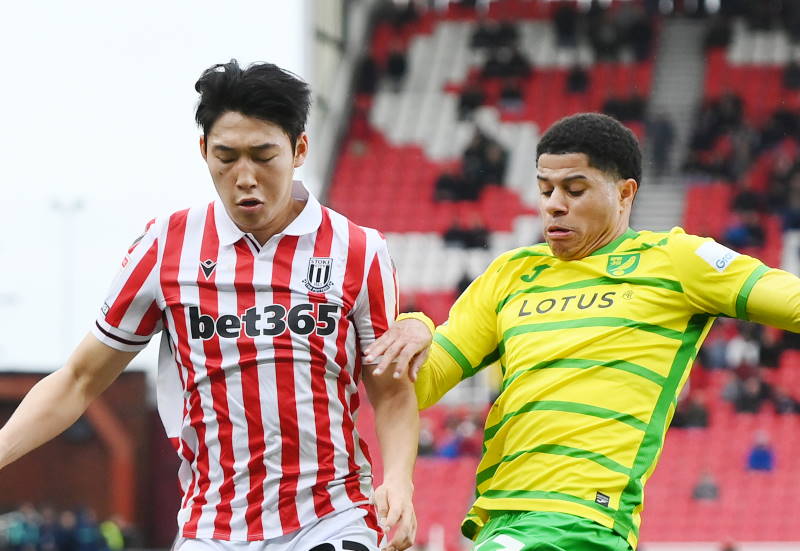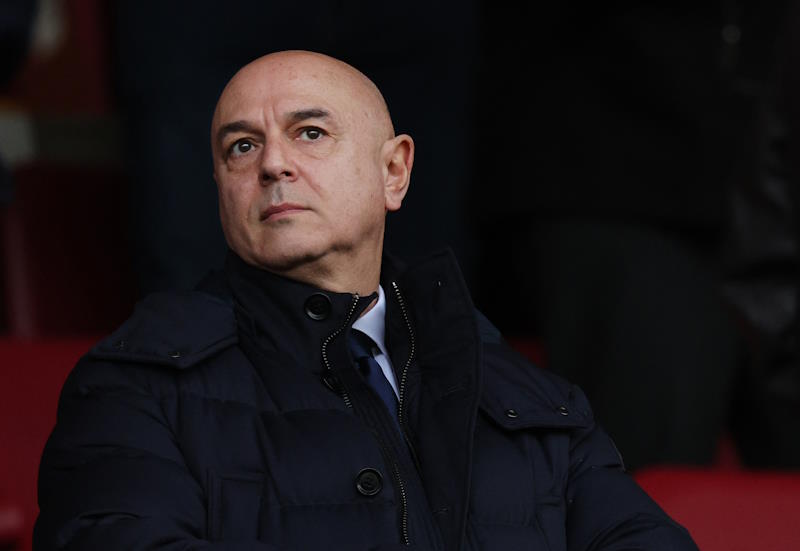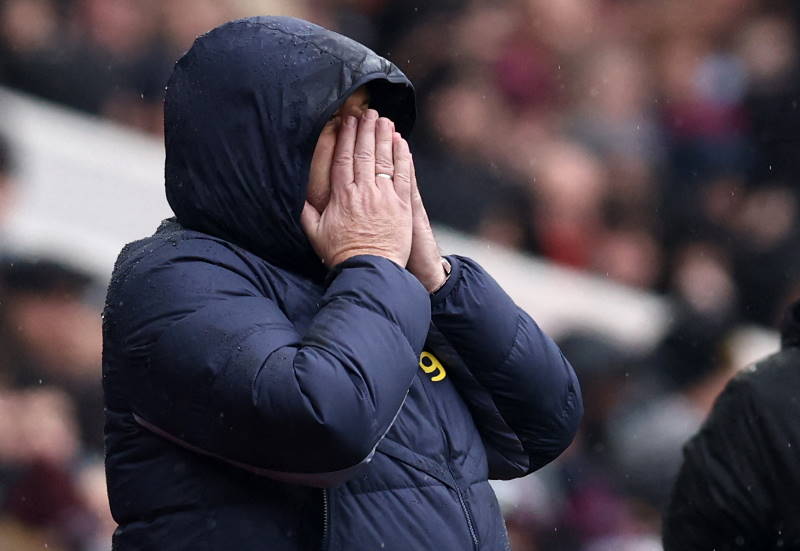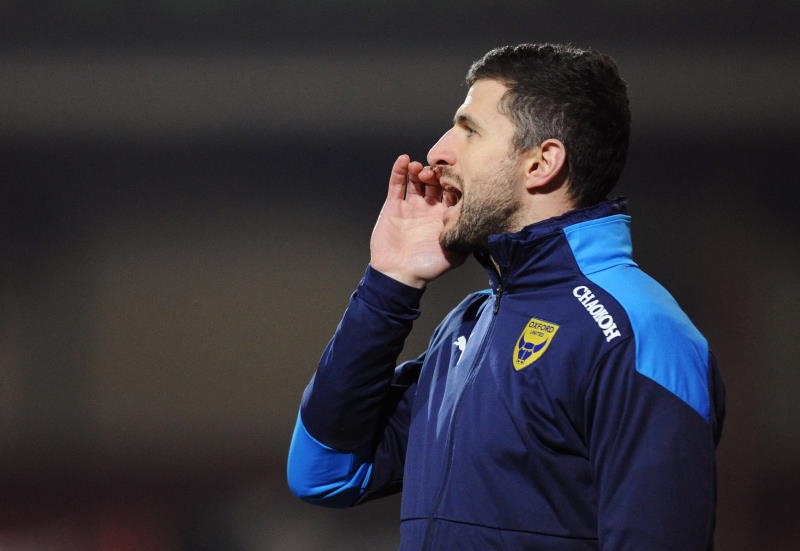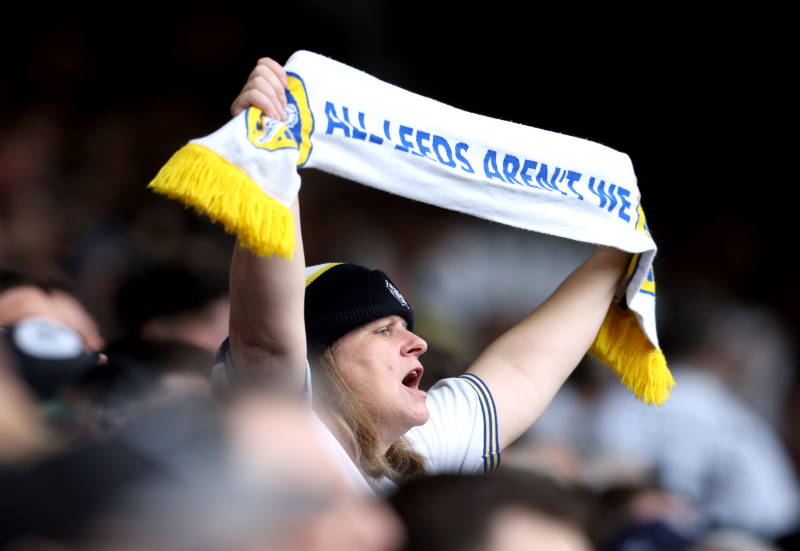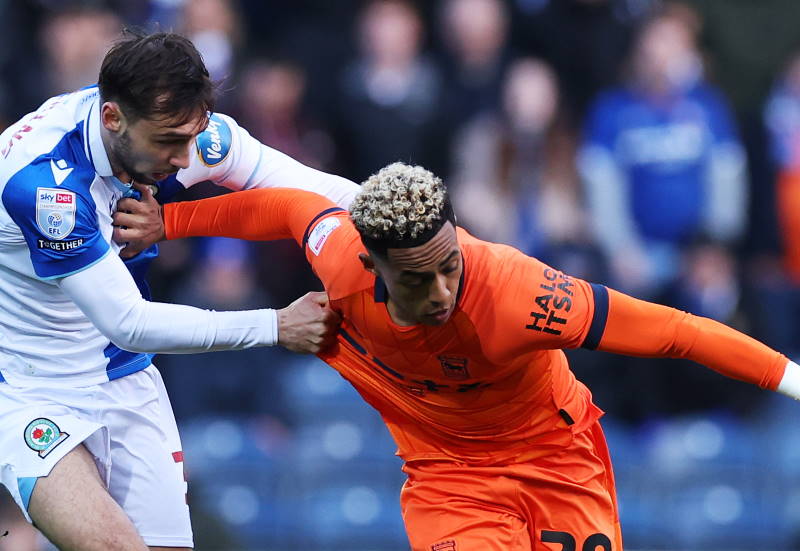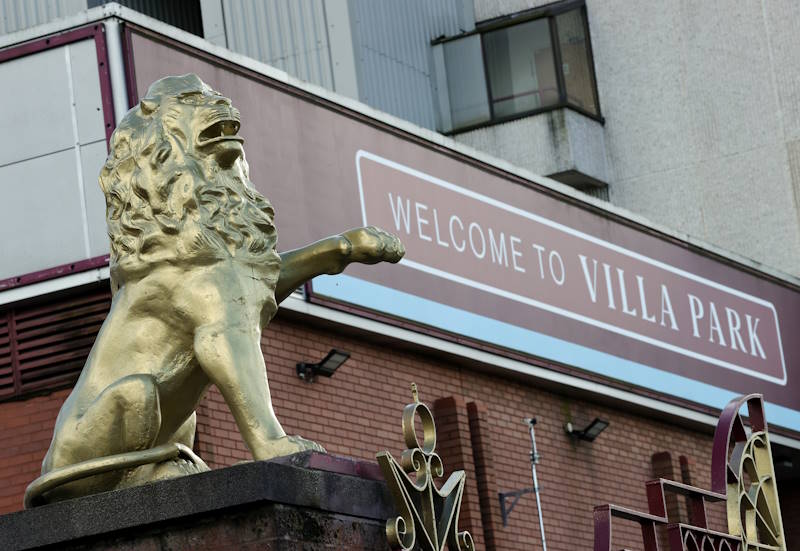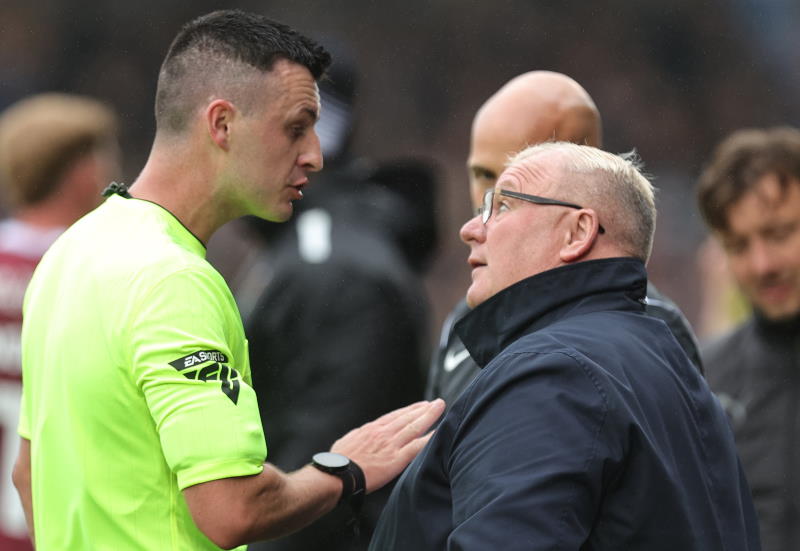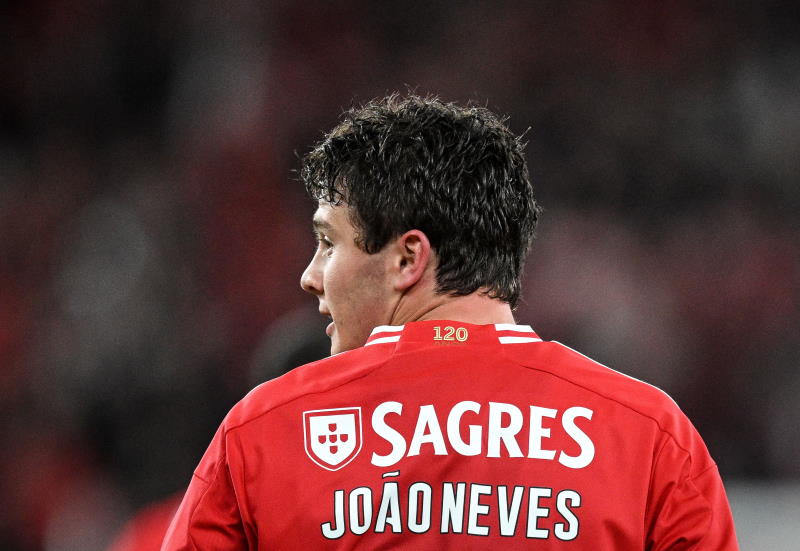
Rick D'Andrea
Paula Cole once asked a question in her famous song: where have all the cowboys gone? In the song, an unhappy housewife is dreaming about her cowboy and when he will return home, ultimately realising, that what she had perceived and was the reality was, were two different things.
Even though this anecdote has absolutely nothing to do with Australia's Hyundai A-League and football, comparisons between Cole’s song, and the dwindling number of spectators can be begin to be made.
When the league was launched five years ago, expectations were high. Wanting to attract a newer – and bigger – audience, those in charge and those that followed the old National Soccer League (NSL) competition wanted football (or soccer as Australians know it) to become a major player in the domestic sporting market. A revolution was needed if the sport wanted to take-off and compete with the likes of Australian Rules Football (AFL), Rugby League and Rugby Union on a commercial level, which has approximately a 50-80% market share Down Under.
Forming seven teams right around the continent, as well as a New Zealand-based team, was a move in the right direction. Rebranding the world game as being a sport to appeal to all Australians and an in-your-face marketing campaign had the A-League attracting a new demographic.
Add to this the roller-coaster-ride of the national team to the 2006 World Cup, and the Socceroos were well-positioned to overtake Rugby Union’s Wallabies as the side the nation got behind. Whether it was the John Aloisi penalty struck to get the team to the grandest stage of all, or the 80-metre run that pursued, football had managed to crack the headlines of major media outlets, and become more than just a blob on the radar.
People came to see whether what they had witnessed in Sydney with the national team could be replicated in the domestic league. On average, 10,955 paying spectators walked through the gates. The major cities such as Sydney (16,669), Brisbane (14,785), Melbourne (14,158), and Adelaide (10,947) attracted the bigger numbers, which compensated for the smaller-sized ones that New Zealand (3,909) and Central Coast Mariners (7,899) pulled in.
But it wasn’t until the A-League entered its second season after the Socceroos’ success in Germany that crowds flocked to the stadiums. The upsurge was most noticeable in Melbourne, which saw the number of average supporters almost double to 27,728. This news was most impressive considering that the state caters for 10 AFL sides, which attract 40,000+ to matches and a very successful Rugby League team in the Melbourne Storm. A-League side Melbourne Victory were not only revelling in their increased fan base, but played like men on a mission to rectify their previous season's dismal performance, a 7th place finish.
Season three saw crowd numbers stabilise, but it was last season that the decline began. Maybe it had to do with the poor performance of the Socceroos during the 2007 Asian Cup, or the lack of marquee players the league was attracting. Either way, fans were not piling through the turnstiles.
It has however been this season that has raised eyebrows for anyone connected with football. Coming into a World Cup year, the national team were able to qualify with more ease than last time, having an easier route laid down in front of them by virtue of joining the Asian confederation. Nail-biting was not needed.
This season may still be young, but the numbers are startling. Only 13,000 Sydneysiders are watching the Blues take on their opponents, and Brisbane Roar followers are under 10,000, from peaking at 16,951 two seasons prior. Central Coast pull in a smidgen over 8,000, dropping 33% from when they won the title in 2007/08. Newcastle is perhaps where the support is most lacking. Having gone from 13,209 in 2007/08, the Novocastrians are struggling to attract 6,000 fans to their home games – more than a 50% drop in only two seasons. And Melbourne, whilst still attracting the biggest following of all the A-League teams, have lost over 7,000 devotees, to sit at 20,093.
The only two teams that had defied the dive have been Adelaide United and Perth Glory. Starting out with a healthy figure of just under 11,000, Adelaide have managed to keep approximately the same number of fans. Currently, the total sits at 12,459, and is on track to eclipse the 2007/08 mark of 12,697. The Glory started at 9,734 supporters and presently have 9,833 attendees to games, going as low as approximately 7,500 during their previous three seasons.
Whilst these are of course only numbers, and don’t demonstrate the passion of those who do attend, sometimes one forgets sport has become a commercial entity, which lives or dies with the amount of people who watch the game – on TV or in person. As sad as this statement may be, the reality has to hit home at some stage.
It isn’t all doom and gloom however, with the introduction of two new sides, which has opened up another unexplored market. This is a positive, but especially in the Gold Coast’s case, the numbers are still relatively small (5,936) compared to the A-League average of over 10,000. With a new AFL team set to enter in 2011 and an existing Rugby League side invading the city, competition for people’s hard-earned money will be tough.
But why has it been so tough? Could it have to do with when season five was launched? Smack-bang in the middle of the AFL and Rugby League seasons, just as teams were preparing themselves for the finals? Considering the amount of attention both codes receive in the national media the move was strange, but occurred to accommodate two extra rounds.
Why not start two weeks later, and finish a fortnight after, not interfering with the start of the other football codes, and if they do happen to start early, the A-League will benefit as more people will generally want to see a final than a normal league game. And there is no problem with Asian Champions League qualification, so nobody at A-League HQ can use that as an excuse.
Or how about the marketing campaign which has been practically non-existent on commercial TV? If it wasn’t for the radio and newspaper presence that these footballing teams have managed to attract, no-one would know that it is soccer season. The A-League promotional budget may not extend to producing a flashy advertisement like it did in for their second season, but the public need to know that there is a thriving football code once September is over.
Pay TV provider Foxtel could also have something to do with the lack of numbers. One of the common threads throughout these massive football codes in Australia has to do with the amount of coverage provided on free-to-air channels. Both the AFL and Rugby League have matches broadcast on a weekly basis, so people can develop an affiliation to the colours. The uptake of Pay TV just for watching soccer is not high, and due to the league not being as established as others around the world, the competition struggles to reach the next level of fan growth.
Just like that cowboy’s wife in the Paula Cole song, the A-League may well be waiting for those fans (cowboys) to return. No matter how well the competition wants to do, if it struggles to attract the average fan time and time again, it may fade away into the background like the extinct National Soccer League. No-one connected with Australian soccer wants that.
Related Articles:

